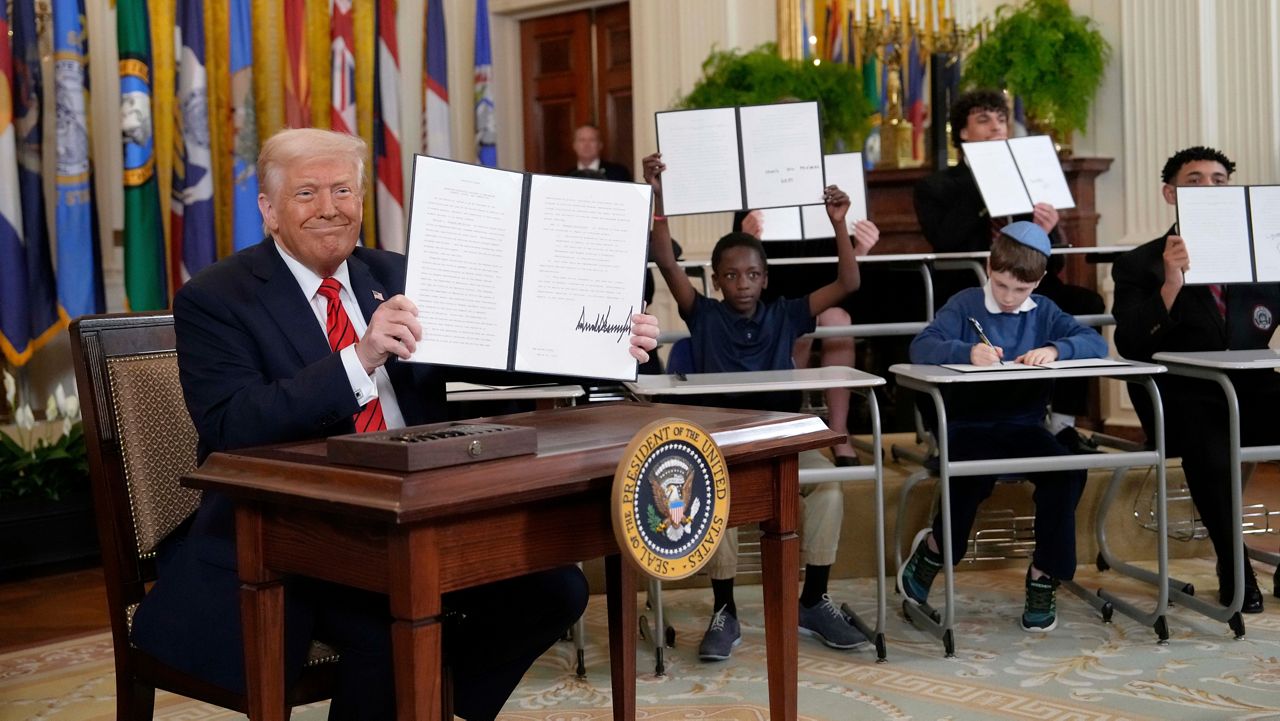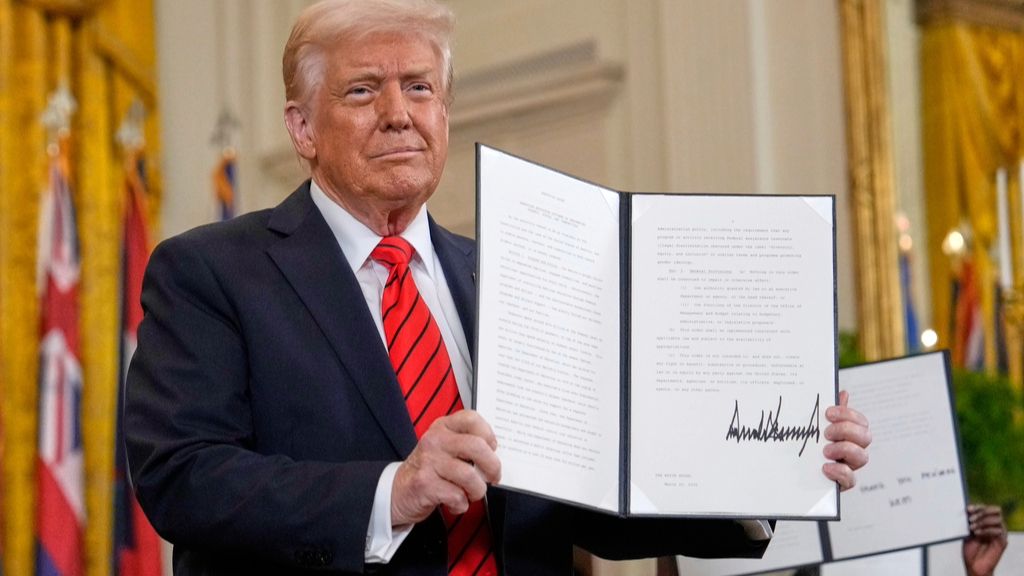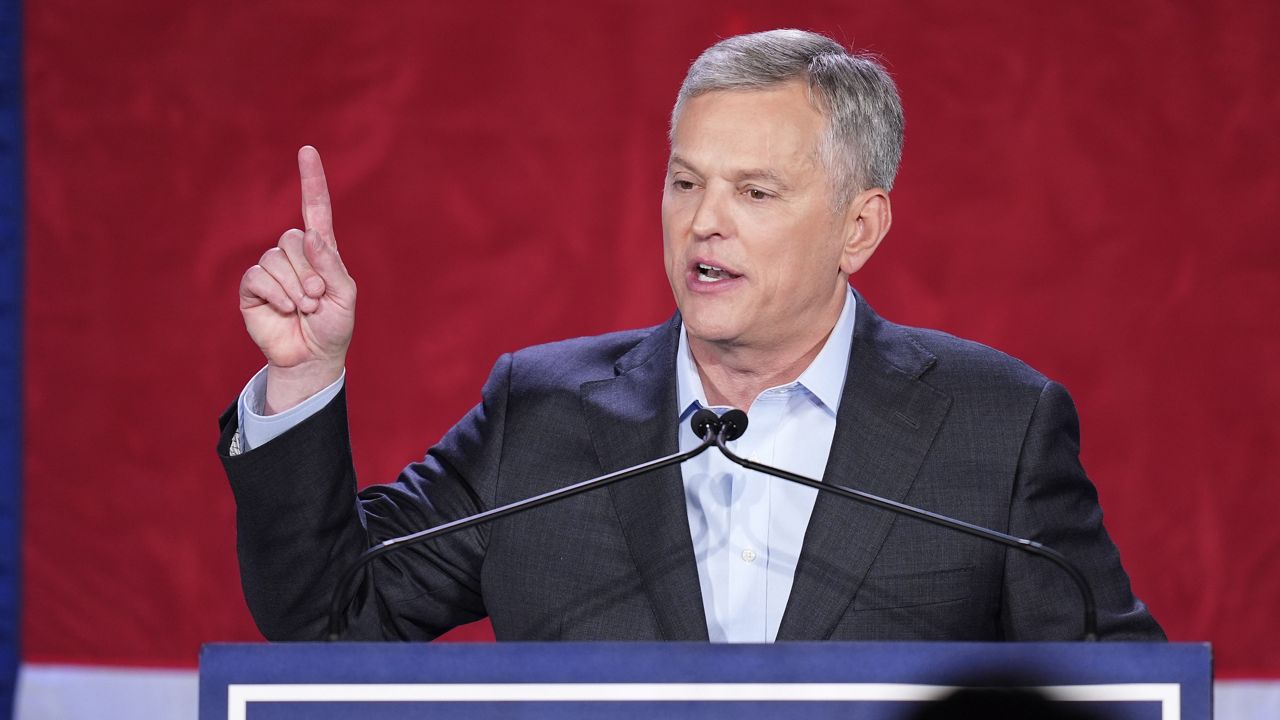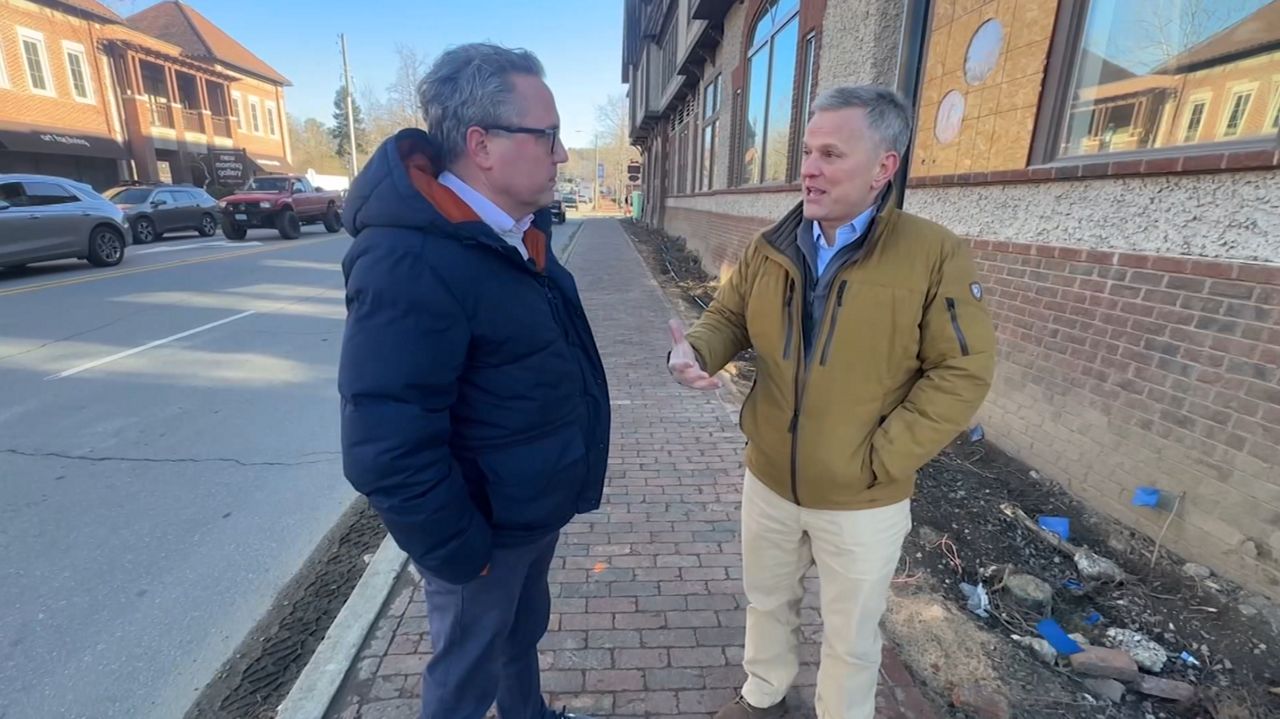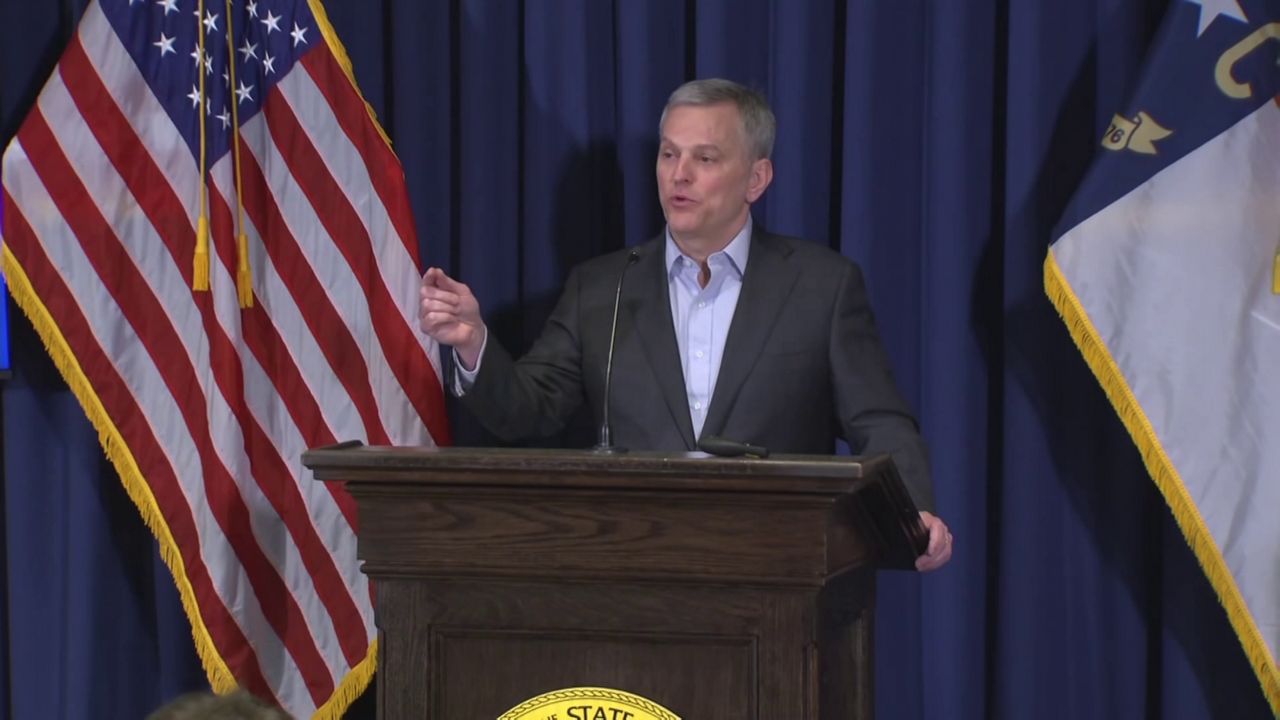With early voting commencing on Thursday, the presidential campaigns are directing their attention toward North Carolina, a crucial battleground state.
What You Need To Know
- The presidential campaigns are directing their attention toward North Carolina
- Focus is being given to eastern North Carolina, where a large number of rural voters reside
- In the 2020 election, Trump’s victory in the state hinged on rural voters, who helped secure a narrow lead of approximately 75,000 votes over Joe Biden
- In this election, Democrats are aiming to minimize their losses in rural areas, but both campaigns are fighting for votes
Special focus is being given to eastern North Carolina, where a large number of rural voters reside.
There are nearly 3.5 million rural residents in North Carolina, which makes it the second largest rural population of any state. That’s a third of the state’s population, which is a greater percentage than in Texas.
It’s no surprise that outreach to rural voters is part of Vice President Kamala Harris and former President Donald Trump’s game plan in North Carolina.
This past weekend Harris held a rally in Greenville, a city surrounded by rural voters.
Former President Bill Clinton is campaigning in eastern North Carolina this week, and last month Sen. JD Vance stopped in Greenville at East Carolina University.
“Trump came for a rally in 2020 here but other than that not a whole lot of political candidates come to talk to the youth here … so … I think it was smart, I liked it, it created a lot of excitement,” ECU student Connor Mcleod said.
“Us being a swing state, Greenville kind of being a Democratic hub for voters … it made sense that they would kind of show up eventually,” ECU graduate student Giuliana Roccisano said.
In the 2020 election, Trump’s victory in the state hinged on rural voters, who helped secure a narrow lead of approximately 75,000 votes over Joe Biden.
Trump won 35% of the urban vote in 2020, according to an analysis by Western Carolina Politics Professor Chris Cooper. But Trump won 52% of the city/suburban vote and 63% of the rural vote.
“President Trump has talked about those voters. He’s talked about the forgotten man and woman and being able to make sure they have the opportunities to succeed where they live,” North Carolina GOP Chair Jason Simmons said.
In this election, Democrats are aiming to minimize their losses in rural areas.
“There was existing infrastructure in this state. It just needed to be revived, it needed power to put into, it needed capacity put into it,” North Carolina Democrat Party Chair Anderson Clayton said. She stressed they aren’t necessarily trying to flip red counties, blue but narrow the margins.
The battleground state of North Carolina has a battleground within it in rural areas, where these two campaigns are clashing.






